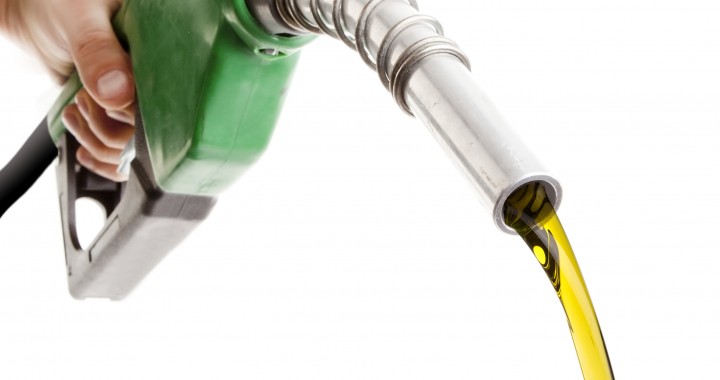Biodiesel is not Vegetable Oil
This may be the most common mistake I still hear after 10 years making biodiesel from vegetable oil using transesterification. Transesterification is the fancy name for the chemical process used to chemically break a triglyceride molecule down and turn it into a methyl-ester (the chemical name for biodiesel) and glycerol. In 2015, I still have conversations where someone tells me they used to “make biodiesel” by mixing used cooking oil and gasoline and pouring it in their diesel truck. Not only is that concoction NOT biodiesel, it’s not good for your engine, or even your fuel tank. It WILL ruin your car or truck. Don’t do it.
Biodiesel is Not Made from Corn
Nope, it’s not. That’s Ethanol. Unless you mean corn oil, but even that isn’t used very much in the biodiesel industry. Ethanol is usually made from starches or sugar, which are broken down with enzymes, yeast, and fermentation into ethyl alcohol. Biodiesel is ALWAYS made from fats, any fat, but not from sugar or starches like corn. Common oils used commercially for producing biodiesel are soybean, canola, palm, jatropha, and used cooking oil.
Biodiesel Will Not Ruin Your Engine
Really, it won’t. Well, maybe, it depends… It got more complicated around 2009 with the EPA’s ruling to require engine manufacturers to use mechanical and urea based systems to reduce harmful emissions in diesel engines. These changes, specifically DPF (diesel particulate filters) and urea additive systems can cause compatibility problems with high concentrations of biodiesel (above B20). All diesel cars and trucks can at least handle blends of 5% biodiesel (B5) or less. Most cars and trucks before 2007 are usually fine for blends up to B100, but after that you should check with your manufacturer to find out if your diesel car or truck can handle biodiesel blends above B5.
Biodiesel is Inexpensive
Biodiesel is usually cheaper than diesel fuel. The government instituted a biodiesel tax credit for producers starting in 2004 to help make biodiesel more cost competitive with diesel fuel (which has subsidies already built in the tax code). Because biodiesel is usually cheaper, and often because it is mandated for blending, petroleum companies regularly buy biodiesel in bulk for blending with regular diesel fuel in order to improve profits and take advantage of some of the beneficial properties of biodiesel in their fuel (like increased cetane and lubricity). In fact, many times that diesel you are buying at the truck stop or convenience store is already a B5 or less blend, it just isn’t labeled as such.
You Don’t Have To Commit
Biodiesel is a certified fuel by the EPA and the ASTM. That means that when used properly, it is compatible with any modern engine that is on the road today. It also means you can use B20 biodiesel this week, then next week fill up with regular diesel, and next month use B5 biodiesel, and so on. You can be a dedicated biodiesel enthusiast, or you can be a philanderer and switch back and forth as often as you wish. It’s your choice. Your engine won’t care. Really.
That’s five things. Want to know more? Check out our Frequently Asked Questions or Why Biodiesel pages

